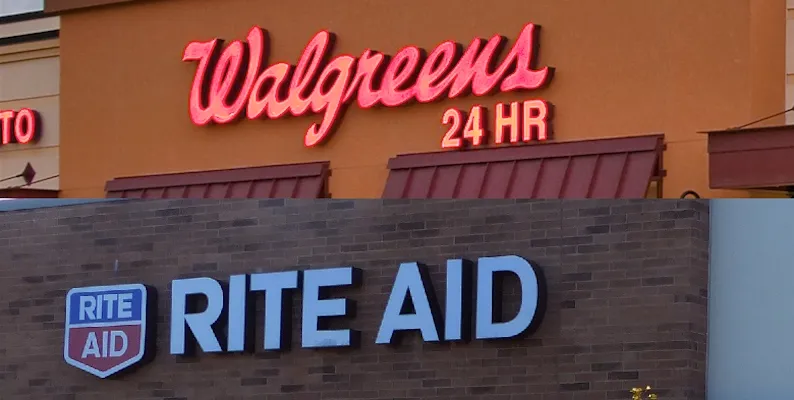DEERFIELD, Ill., and CAMP HILL, Pa. —The Federal Trade Commission has requested additional information from Walgreens Boots Alliance (WBA) Inc. and Rite Aid Corp. regarding WBA’s proposed acquisition of Rite Aid.
WBA and Rite Aid said Friday that the second request for information, made under the notification requirements of the Hart-Scott-Rodino Antitrust Improvements Act, extends the waiting period until 30 days after they have substantially complied with the request, unless that period is extended voluntarily by the companies or terminated sooner by the FTC.
The companies noted that the request is a standard part of the regulatory process in connection with the FTC’s review and that they have been cooperating with the FTC staff since shortly after the acquisition agreement was announced on Oct. 27. Both companies reiterated that they expect the transaction to close in the second half of calendar 2016.
Under the $17.2 billion deal, WBA is buying Rite Aid for more than $9 billion in cash, or $9 per share, and assume over $7 billion in net debt. Plans call for Rite Aid to become a wholly owned subsidiary of WBA following the merger, with Rite Aid initially slated to operate under its current brand name.
In the United States, the deal joins the nation’s largest drug chain with its third-largest, creating a pharmacy retailer with more than 12,800 stores across the country. Walgreens has 8,173 drug stores — including Duane Reade stores — in all 50 states, the District of Columbia, Puerto Rico and the U.S. Virgin Islands. Rite Aid, which had fiscal 2015 sales of $26.5 billion, operates 4,562 stores in 31 states and the District of Columbia.
Projections vary widely on the number of stores WBA would need to divest to gain regulatory approval for the acquisition. In a Securities and Exchange Commission filing, WBA said the deal allows for up to 1,000 outlets to be closed or sold “if required by regulators” but stated that the number will probably be less than 500. Some analysts peg the likely number of store divestitures at 400.
Other observers suggested that many more stores could be shed post-merger as Walgreens looks to minimize cannibalization and rationalize its real estate portfolio. They noted that the drug chains have overlapping locations in numerous markets, with Rite Aid and Walgreens stores across the street from each other in many neighborhoods.









